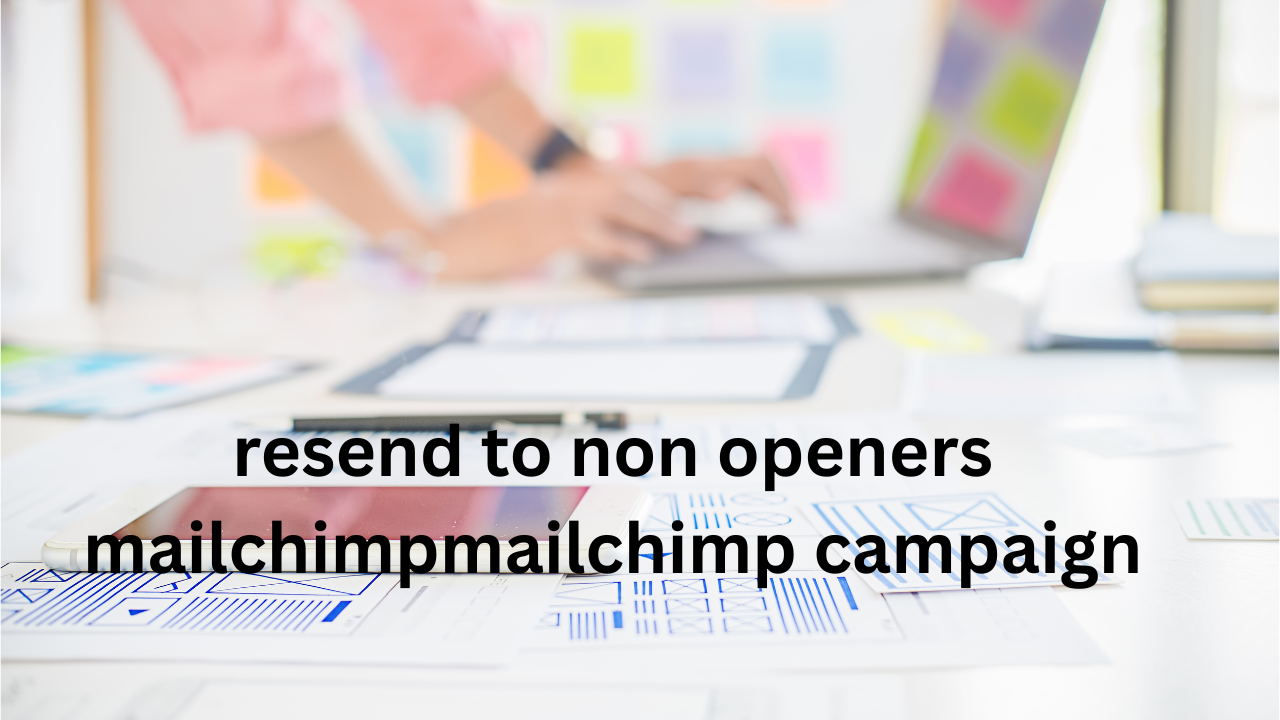The first step is to know what a "non-opener" is. This is someone on your list who got your email but never clicked to open it. Mailchimp tracks this for you. After you send an email, you can see all your results. You can see who opened it and who didn't. This information is very important. You'll use it to create a new list of people. This new list will only have the people who didn't open your first email. In other words, you will segment your audience. This helps you target your second message.
Why Resending Your Emails Is a Smart Move
You might wonder if resending is a good idea. The answer is yes, it often is. Think about why someone might not open an email. Maybe it was a busy day. Their inbox was full of other messages. Perhaps they were away from their computer or phone. The email just got buried. By sending it again, you put it back at the top of their inbox. It gives them a fresh chance to see it. Research shows that doing this can increase your open rates. It can also increase the number of clicks you get.
For example, a study by HubSpot showed that resending phone number library emails increased open rates. This is especially true if you change the subject line a little. A new subject line can catch someone's eye. It can make them want to open the email. Resending is not about being annoying. It's about being helpful. You are giving your audience a second chance. You are making sure they don't miss out on your valuable message.

Setting Up Your Campaign: A Step-by-Step Guide
First, you must log in to your Mailchimp account. Go to the "Campaigns" section. Find the email you want to resend. Click on the drop-down menu next to it. You will see an option to "Replicate." This will make a copy of the exact email. It saves you from having to create it all over again. This new copy will be your second send. After you replicate it, you can make some small changes. The most important change to make is to the subject line. This is crucial for success.
Choosing a New Subject Line
What makes a good subject line? A good subject line is short, clear, and interesting. For your second send, try a new approach. If your first subject was a question, maybe the new one is a statement. If the first one was very direct, the new one could be more creative. You can also try adding an emoji. A small change can make a big difference. The goal is to make the email look new. You want it to stand out in the inbox.
Finalizing Your Resend and Sending It Out
Finally, you are ready to send your email. You have your new subject line. You have your new segment of non-openers. Double-check everything before you hit send. Make sure the segment is correct. Then, click the send button. You can send it right away. Or you can schedule it for a later time. Scheduling it can be a good idea. You can pick a time when people are most likely to check their email. After you send it, watch your results. See if the open rates go up. This will show you how well your strategy worked.